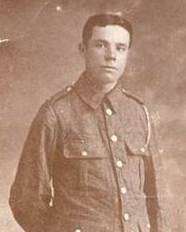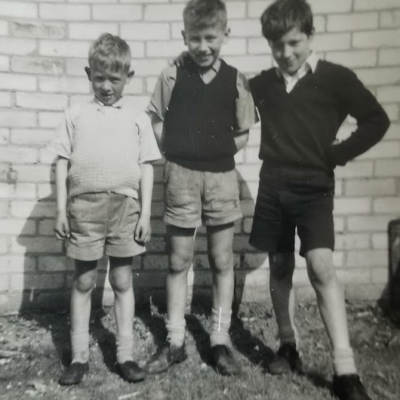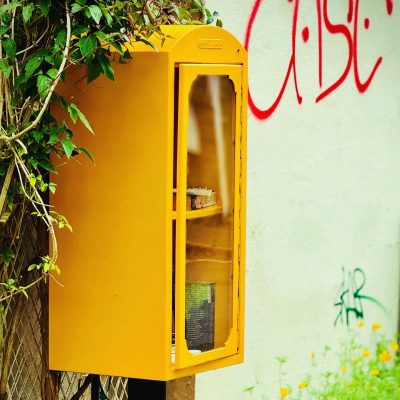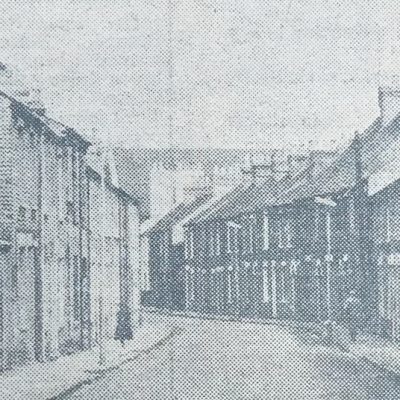Search by topic
- archaeology
- Building of Local Interest
- charity
- church
- crime
- dressmaker
- fire
- Great Eastern Railway
- Listed building
- Mapping Relief
- medieval
- oral history
- poverty
- Public House
- Rattee & Kett
- Religious House
- Roman
- scholar
- school
- Then and Now
- tudor
- women
- work
- world war one
- world war two
Search by text
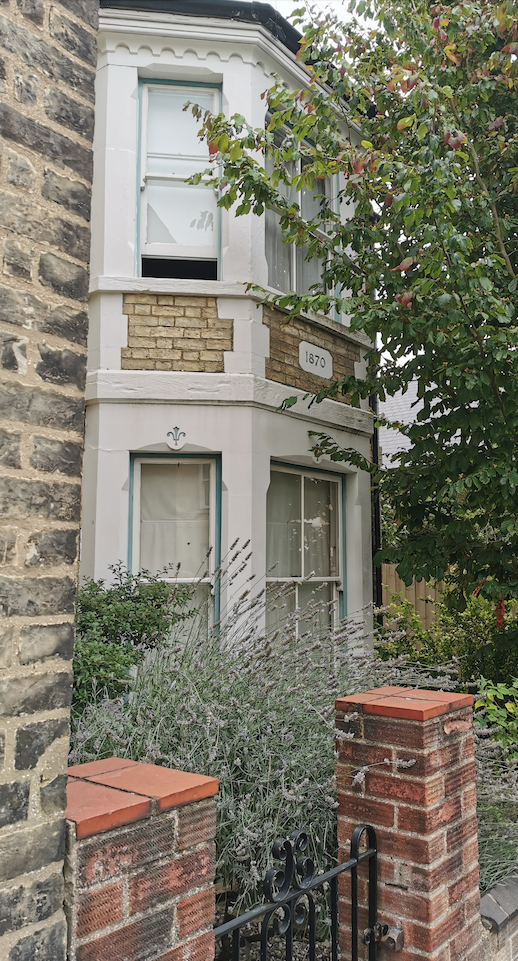 12 Gwydir Street
12 Gwydir Street12 Gwydir Street, Fring House
History of 12 Gwydir Street
House built 1870
1881 Fring House
William D Brown, head, 41, brewer employing 5 men, b Cambridge
Mary M, wife, 30, b Wisbech
Margaret, daughter, 8, scholar, b Cambridge
George William, son, 4, scholar, b Cambridge
Ellen Harrison, sister in law, 28, b Wisbech
1891 Fring House
Adolphus Rowe, head, 33, college baker, b Somerset
Catherine, wife, 33, b London
1901
Elizabeth Kerry, 40, b Milton
Emily, 18, pupil teacher, b Suffolk
Elizabeth, 15, b Cambridge
Helen, 14, b Cambridge
Fred, 12, b Cambridge
Walter, 11, b Cambridge
Ethel, 8, b Cambridge
Winnie, 5, b Cambridge
John, 2, b Cambridge
Walter, brother, 33, b Norfolk
1904
George Kerry, boot salesman
1911
Reuben Elsden, 44, engine fitter, b Essex
Kate, 46, b Cambridge
Reuben C, 23, folding machine fitter, b Cambridge
Ethel, 21, clerk, b Cambridge
Nellie A, 18, shop assistant, milliners, b Cambridge
Reuben C Elsden, Gloucestershire Regiment, was killed 9.10.1917.
1913
Reuben Elsden, engine fitter
1931 – 1934
Miss Thompson, headmistress of St George’s school, east Road (CWN 8.4.1982)
1939
Ernest R Tyrrell, b 1889, chemists assistant
Laura E, b 1896
Winifred, b 1910
1962
Ernest Tyrrell
For more information about the Tyrrell family :
http://www.theedkins.co.uk/jo/gwydir/house12.htm
1974 – 1982
Ron Nix
Contribute
Do you have any information about the people or places in this article? If so, then please let us know using the Contact page or by emailing capturingcambridge@
License
This work is licensed under CC BY-NC-SA 4.0





